Everyone wants engagement, but few know how to measure it.

Organizations are realizing that in the age of options, engagement is a key indicator of attention, commitment, and ultimately, success.
Executives see the level of engagement on platforms like Facebook, SnapChat, and Twitter and they want that for themselves, both with customers and employees. Most organizations, however, don’t really understand the dynamics of engagement, how to deconstruct and measure it, and how to tie online engagement to business outcomes. This disconnect results in both poor applications of technology and uneven results.
Not surprisingly, the result is a mess.
Social technology vendors that support complex, high-value engagement environments are being sold for their parts because their complexity and value are not well-understood by the mainstream market. Vendors that support simple engagement objectives are getting more and more attention because they are easy-to-understand and straightforward. Organizations struggle to see how different engagement approaches impact their business objectives AND that not having access to engagement data will severely limit their ability to succeed. In short, most organizations don’t understand the range of engagement behaviors, how they connect to value, what behaviors they need to support their business objectives, and what technology best supports the range of behaviors they need to be successful.
This inability to show self-evident value has caused the social software market to rapidly commoditize. For most vendors, their front-end engagement functionally, back-end analytics, back-end governance and management, and business models are poorly aligned. This creates confusion and churn in the community platform space and hurts the market, making it slow to mature and hard to understand for stakeholders.
We created the Community Engagement Framework to categorize engagement behaviors and help organizations understand how to differentiate and measure various engagement behaviors. Many of these behaviors cannot be measured easily in existing community platforms and as a result, manual work is required to map existing data to these behaviors.
Engagement analytics are terrible.
There are two big issues with community platform analytics.
- Not all engagement behavior is supported, so measuring it is impossible and even when certain behaviors are supported, the data is not readily available.
- Most engagement analytics are architected around content or transactions, not people. This approach makes it very difficult to see people’s experience and change in behaviors over time.
What that means is that community platforms are great at displaying ‘vanity metrics’ like how many people viewed a page. Activity like this is obviously important – without it, nothing else happens – but it’s really insufficient at helping community practitioners make good decisions. For example, pageviews are unable to tell you that employees are much more likely to read your marketing content than your customers. Insights from pageview data is incremental and it can tell you that something triggered a click through. The insight from the behavior data is monumental by comparison: it can tell you if your content is not appealing to the people it should be – even if it is good content – and that you’ve got a business problem. The value difference between these two insights is enormous.
As a business analyst, I want to see how activities and content affect a workflow in terms of time, cost, or quality.
I want to know things like:
- What pathways do people take to successfully complete a workflow?
- How long does it take people to complete steps along that path and does it vary by demographic?
- What makes that path shorter for one demographic vs. another?
- Does adding a trigger help or hurt the cycle time?
- Does the person get more access/better information via one pathway vs another?
- What impact does the cycle time have on the profitability of the workflow?
Notice that none of those questions are about whether a piece of content is being read, liked, shared, or commented on. While there will certainly be content, various types of engagement, and transactions as part of those workflows, they are the secondary to understanding the behavior. They are a tactic of addressing a larger strategy to improve a workflow.
Strategic analytics should be architected around people.
Most community and enterprise social networking platforms have databases designed to report on content and transactions. It is either time-consuming or impossible to access behavior and lifecycle metrics by individual or user segment. This creates a troubling situation where the blind are leading the blind. Community manager’s core skill set is in community engagement – not data or business analytics. This makes sense, but also means that they typically don’t have the skills to understand and evaluate the data they can access in the platforms. This also means that they do not ask vendors for what they really need either, so vendors carry on and give them more and more meaningless data. This vicious cycle makes it even harder for them to understand and report value back to their organizations.
Community platform vendors should be taking a thought leadership role in analytics, since good community analytics will be able to sell the value of their platform, reducing sales costs and customer churn. But on the whole, they have not sought out the expertise to architect helpful community analytics. This leaves platform vendors floundering, prioritizing the wrong features, spending a lot of effort selling their platform, and investing too much time to convincing internal stakeholders of value. It should not be this hard.
Who is doing behavioral analytics well?
Not surprisingly, social networking platforms like Facebook have their data architected around the individual. This is what helps them focus on creating a superior engagement functionality. It also makes them phenomenally successful at generating the type of engagement that supports their advertisement-based business model. They understand exactly how valuable their data is when it’s reported this way.
This is getting the attention of all sorts of organizations – who are rushing to adopt Workplace – without understanding the value they are giving up that resides in the data. With GDPR, data privacy issues, and no vested interest in Facebook sharing more than necessary, it is unlikely organizations will be able to access the strategic community analytics they need to carefully monitor and modify their community strategies to serve different business objectives.
Another group that is doing behavioral analytics particularly well is the marketing automation vendors – HubSpot and Hatchbuck both have this orientation and visibility. Embedding these tools into your community can give you tremendous insight that is not possible with native analytics or even many third-party analytics tools because the database architecture makes it challenging to reorient the data. These tools, and others like them, can provide amazing insights into how people are experiencing your community and how their behavior is changing over time.
This approach to analytics helps community practitioners see:
- The average cycle time between when people join the community and when they first exhibit certain engagement behaviors. This helps community professionals optimize their new member welcome processes and fine-tune engagement tactics.
- What member behavioral segments exist; members who are consumers vs. question askers vs. explorers. This data helps community practitioners target different segments with different engagement prompts that will have a higher likelihood of success.
- Which members are super users, visiting the community and engaging in a variety of ways; this helps community professionals develop advocacy programs that are purpose-built for the interests and behaviors of different groups.
- ROI of different member segments. This helps their stakeholders see the potential upside of additional investment.
Community platforms will struggle until they get analytics right.
Analytics, metrics, and dashboards deserve attention because they’re critical to prioritize community investment. This is true for both community program owners and vendors. Strategic behavioral data would help vendors priorities the right product development, help them market and sell, and help their clients be successful, renewing their platform license. When the platform vendors do analytics right, their value will be self-evident.
Recommendations for Community Program Owners.
If you are currently struggling with analytics, the first thing to do is take a big step back. A good community strategy defines the key engagement behaviors you want and the workflows those behaviors enable. We see this as a four-step process:
- Your community strategy should help you identify the analytics you need to track your progress.
- Once you identify the data you need, consider the engagement path required to get to those key behaviors.
- You can then lay out the behavior path and what visibility you will need from the data to track it.
- Once you have your desired behavior path and data requirements, review your current data and identify what you can access, what data is not helpful, and what gaps exist.
You may decide at this point to live with what you have or invest in accessing data directly to create a custom dashboard. Either way, you will be in a much better position than relying on vendors to give you what you need in an easy to absorb format. You will also save time by narrowing in on just the handful of metrics that are truly meaningful to you.
It’s time for community platform vendors to get analytics right.
Notes: This is work we do with many organizations in our community strategy workshops. Let us know if we can help you get the most out of your community. If you’re a platform vendor, we’d love to talk with you about how you can better support the data needs of community practitioners. Contact us!.
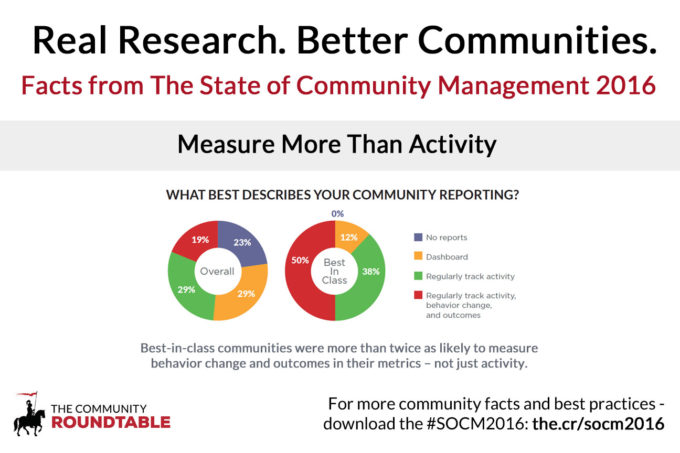
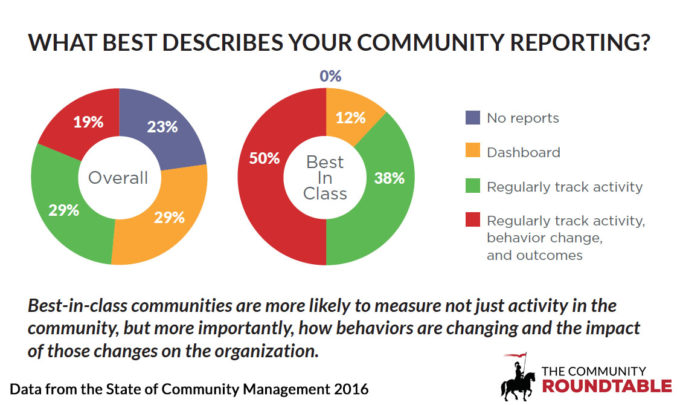
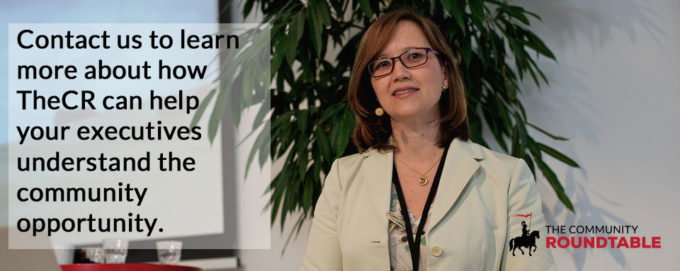
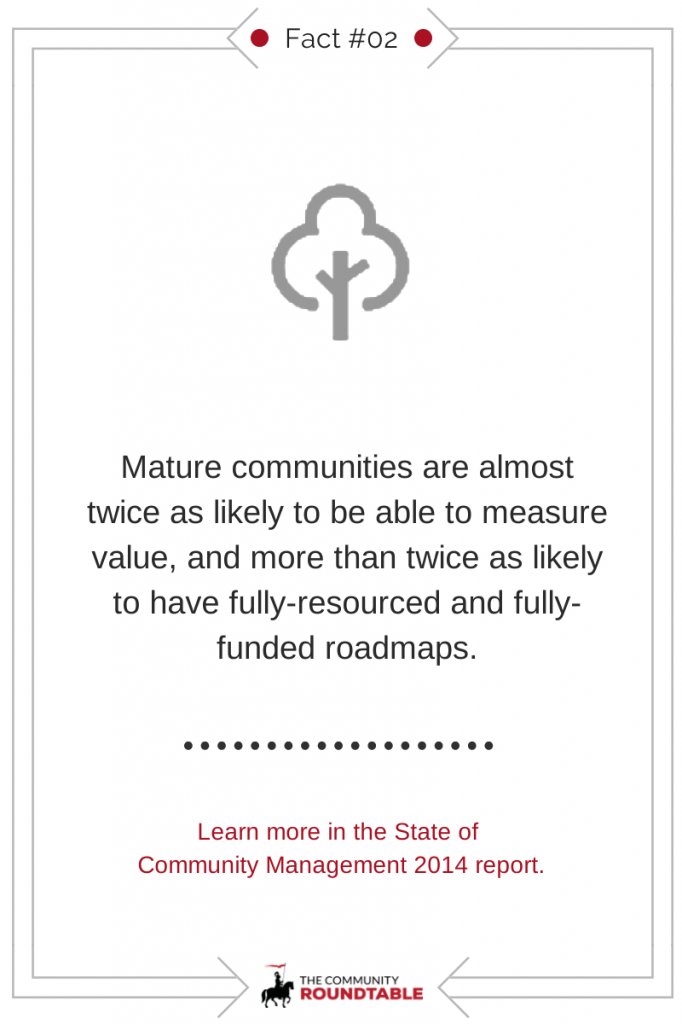
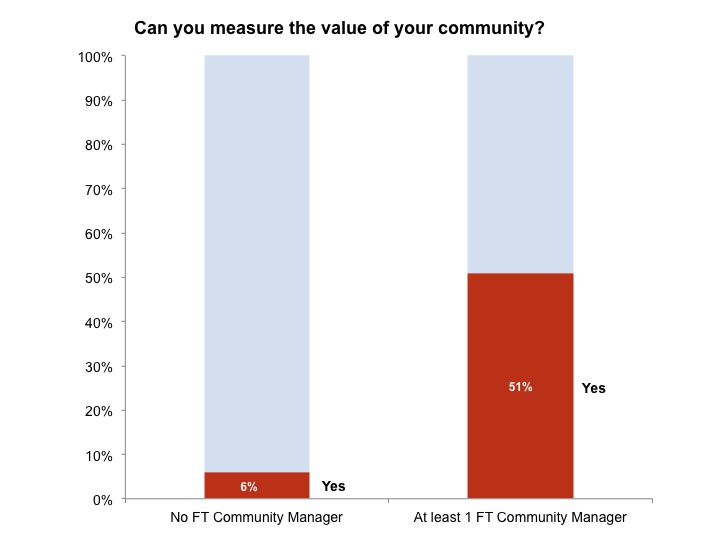
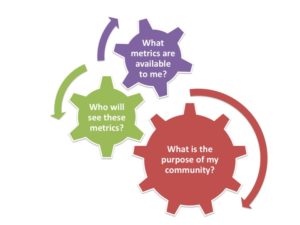 Unfortunately there really isn’t. Every platform will provide something different, so it’s crucial to figure out what data you have available before trying to draft up a metric dashboard. Some platforms such as Lithium will have an extensive amount available, and others will offer just the absolute basics. Thoroughly research your options before promising to report on anything!
Unfortunately there really isn’t. Every platform will provide something different, so it’s crucial to figure out what data you have available before trying to draft up a metric dashboard. Some platforms such as Lithium will have an extensive amount available, and others will offer just the absolute basics. Thoroughly research your options before promising to report on anything!
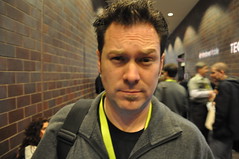 I’ve been friends with
I’ve been friends with 